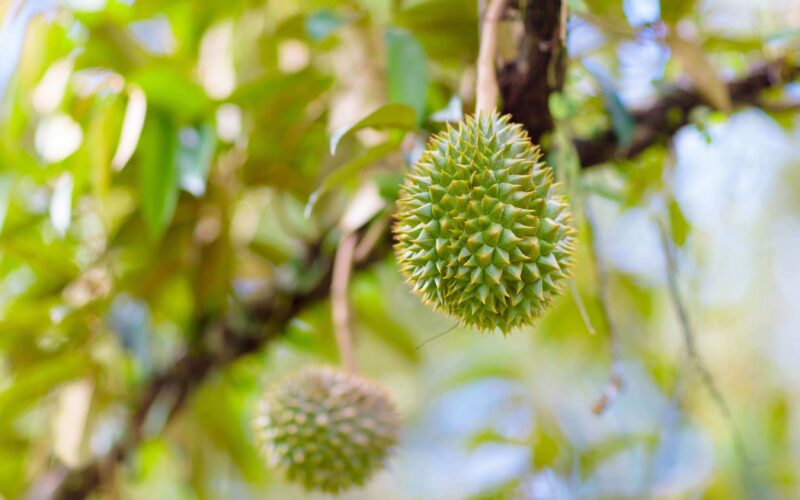A fruit is determined to be the culprit of Air Canada (ADH2) emergency landing on September 17, 2019. The airline’s Boeing 767 with 253 onboard was en route from Vancouver to Montreal (Canada) when a strong odor was detected. Declaring PAN-PAN, the aircraft turned around and landed safely in Vancouver. Turns out, there were no gas leak or similar hazard ‒ only a cargo of durian fruit.
The strange smell was detected as the aircraft was in a climb at approximately 7000 feet. As crew’s attempts to clear the smell were unsuccessful, pilots stopped the climb, declared that they have an urgent situation and came back ‒ with oxygen masks on.
A shipment of durian fruit in cargo department was identified as the cause of the incident. With fruit removed, the aircraft was cleared to fly again short 20 hours later.
Durian fruit, called the King of Fruit in Southeast Asia, is known for its distinctive smell often compared to turpentine, onions or gym socks. Air Canada Rouge’s flight is far from the first time the fruit becomes the culprit of such incident.
In November 2018, in Indonesia passengers refused to board (and some of the boarded got off) Sriwijaya Air’s plane due to the smell of durian. The Jakarta based airline reportedly had over two tons of the fruit in cargo. Unable to convince passengers that the smell would vent, the airline gave in an unloaded the smelly cargo before taking off an hour later.
In May 2019, about 550 people were evacuated from the University of Canberra library due to a suspected leak of gas. Turned out, the culprit was in fact a durian fruit. “Fortunately the suspected gas leak turned out to be a part of a durian – the offending fruit has now been removed,” the library announced via social media.

